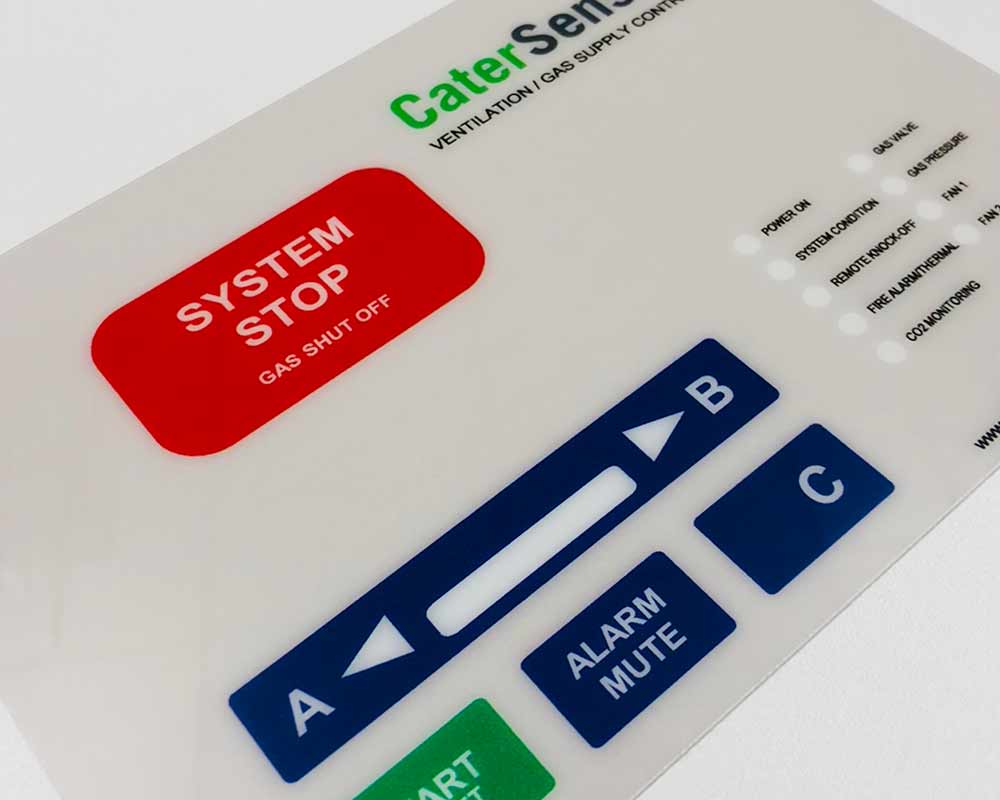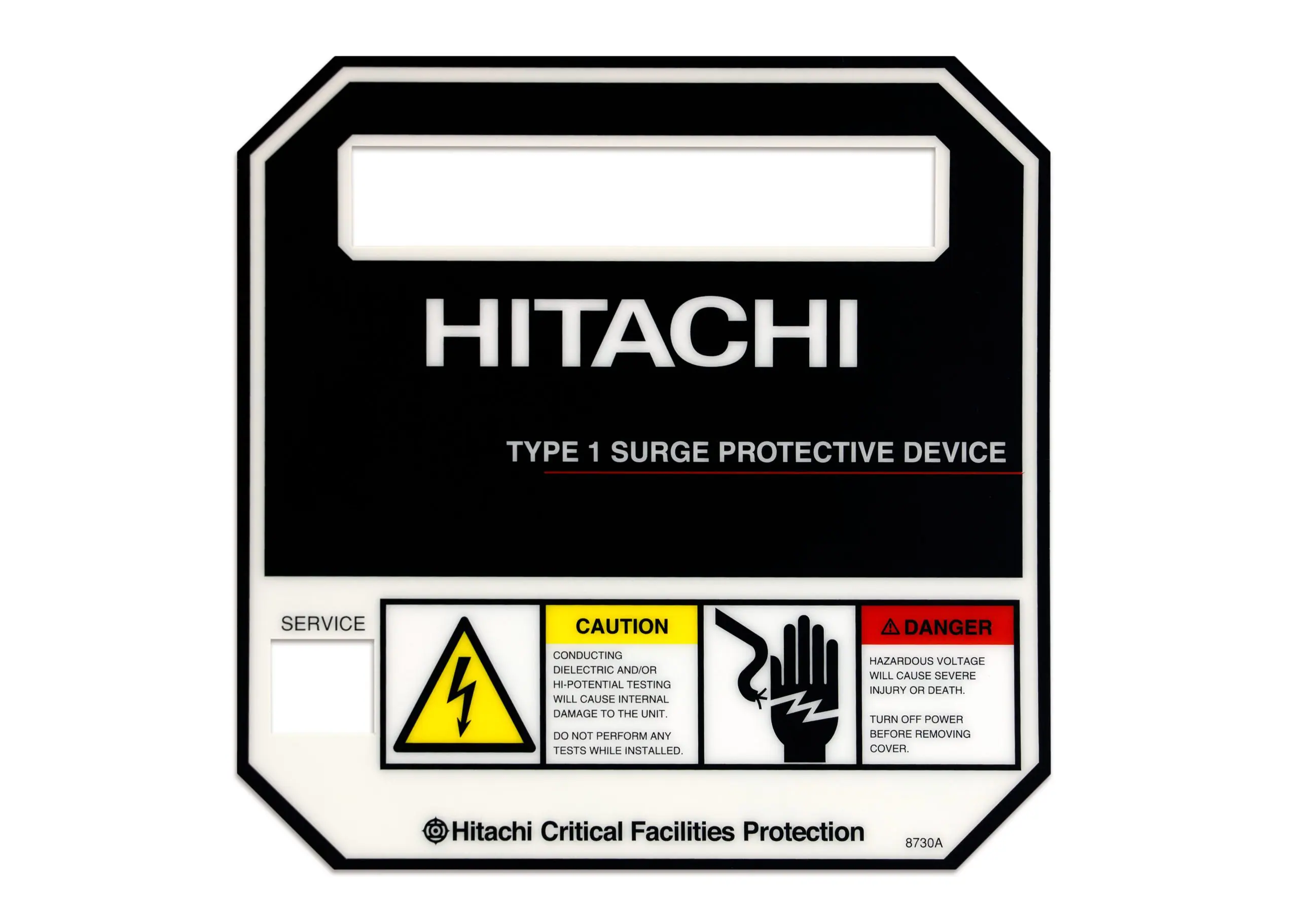The Function of Graphic Overlays and Panels in Enhancing User Experience
Graphic panels and overlays offer as important parts in digital interfaces, dramatically influencing individual experience through their capacity to enhance navigation and offer contextual information. Recognizing the nuances behind their design and implementation raises vital inquiries about their efficiency and possible limitations, inevitably forming exactly how we perceive customer experience in a digital landscape.
Definition of Graphic Overlays
Graphic overlays offer as crucial components in the realm of individual experience layout, enhancing the interaction in between customers and electronic interfaces. These graphical elements are laid over on existing web content to provide additional information, help with navigating, or improve visual appeal. Usually, visuals overlays can include text, symbols, buttons, and visual indicators, all of which play crucial roles in leading customer behavior.
The main function of graphic overlays is to develop interactive layers that improve usability without overwhelming the user. By presenting pertinent details contextually, overlays can simplify the customer journey, making it less complicated to accessibility devices or attributes without browsing away from the primary content. They often use transparency and layering techniques to keep the presence of underlying elements while guaranteeing that the overlay content continues to be popular.
In addition, graphic overlays can be vibrant, replying to user activities such as hovers or clicks, which improves interaction. They are frequently employed in applications, websites, and various digital media to provide comments, tutorials, or notifications. In recap, graphic overlays are important in improving user experience, mixing capability with aesthetic style to create user-friendly, interactive settings.
Relevance of Visual Hierarchy
Visual pecking order plays a significant role in leading user interest and assisting in effective communication within graphic overlays and panels. By arranging aspects in a fashion that shows their family member importance, designers can guide individuals effortlessly through material, making sure that critical info is easily available.
The establishment of aesthetic pecking order is accomplished via numerous layout strategies, such as dimension, color, comparison, and spatial plan. Bigger components normally stand out, while contrasting shades can highlight details locations, making them stand out. Organizing associated products with each other through closeness enhances cognitive processing, permitting users to promptly understand the information provided.
Integrating a clear aesthetic hierarchy not only enhances navigating however likewise boosts the general individual experience. Individuals can effectively translate and check content, decreasing cognitive lots and decreasing prospective aggravation. This organized technique help in establishing a rational circulation, assisting customers from main actions to secondary choices without overwhelming them.
Ultimately, a distinct aesthetic power structure is critical for creating intuitive user interfaces within visuals overlays and panels. It fosters an extra interesting and user-centric experience, making certain that the style efficiently communicates its desired message while fulfilling individual demands.
Enhancing Readability and Access
To improve readability and ease of access in graphic overlays and panels, developers must focus on clarity and user-friendly formats (Graphic Overlay and Panels). Key elements include font contrast, dimension, and option, every one of which substantially effect how conveniently individuals can understand information. Sans-serif typefaces are commonly preferred for electronic interfaces as a result of their clean lines, contributing to much better readability on screens

Furthermore, organizing content through clear headings, subheadings, and bullet points can enhance the individual's capability to scan info promptly. This organized strategy permits customers to absorb web content extra successfully, boosting overall user experience.
Incorporating alternative message for photos and thinking about display visitor compatibility are important for availability. By attending to these aspects, graphic overlays and panels can satisfy a varied audience, ensuring that all users, no matter of their capacities, can gain access to and engage with the information presented effectively.
Interactive Features and Involvement
Integrating interactive functions into graphic overlays and panels can considerably enhance customer interaction and experience. By allowing customers to engage with aesthetic aspects, designers can develop a much more immersive environment that encourages exploration and personal connection. Attributes such as sliders, clickable switches, and animated icons can change fixed info into vibrant web content, making it possible for individuals to site here manipulate information and receive prompt comments.
Additionally, interactive overlays can assist customers via complicated details, simplifying navigating and increasing retention. For example, tooltips and pop-up food selections can provide contextual help, guaranteeing customers have the necessary information at their fingertips without frustrating them. This tailored technique company website helps cater to varied user needs and choices.
Incorporating gamification aspects, such as progression bars and rewards for interaction, can better incentivize individual engagement. By making the experience satisfying and rewarding, customers are most likely to spend effort and time right into the interface.
Eventually, the assimilation of interactive functions in graphic overlays and panels not only boosts aesthetic allure yet also fosters a much deeper connection between the web content and the individual, leading to improved contentment and use.
Case Studies and Examples
As designers look for to create engaging user experiences, analyzing study and real-world examples comes to be necessary for recognizing the performance of visuals overlays and panels. One significant circumstances is the execution of overlay panels in mobile banking applications. A leading banks utilized visuals overlays to simplify purchase processes, causing a 30% boost in user satisfaction. Users valued the instinctive style that simplified navigating and given real-time responses.
One more compelling example is discovered in the video gaming market, where overlays enhance immersion. A popular gaming system integrated vibrant graphic overlays to show in-game stats and gamer efficiency metrics, considerably boosting customer involvement - Graphic Overlay and Panels. Gamers reported really feeling more linked to the gameplay, with a 25% rise in session period observed
Furthermore, ecommerce web sites have leveraged graphic panels to display promotions and product information properly. A prominent online store presented an overlay panel that highlighted limited-time offers, leading to a 40% increase in conversion prices.
These situation research studies illustrate that when attentively developed, graphic overlays and panels not only boost customer experience however also drive quantifiable company results, showing their value throughout different sectors. (Graphic Overlay and Panels)
Verdict
In conclusion, graphic overlays and panels dramatically enhance individual experience by providing user-friendly navigating and context within electronic interfaces. Interactive functions foster customer engagement, resulting in deeper links with the reference web content.

Comments on “Graphic Overlay and Panels-- Ingenious Style Solutions for Graphic Interfaces”